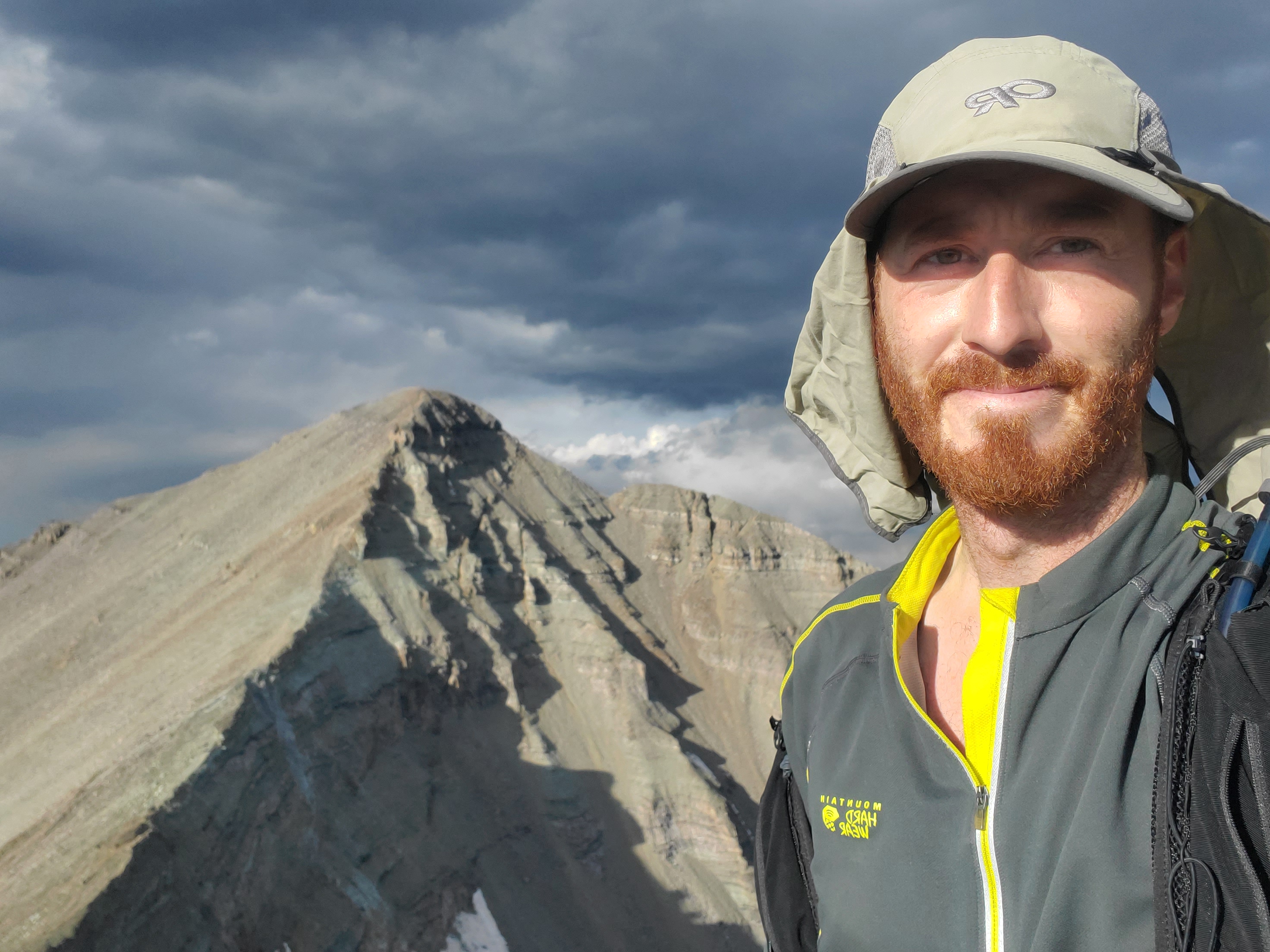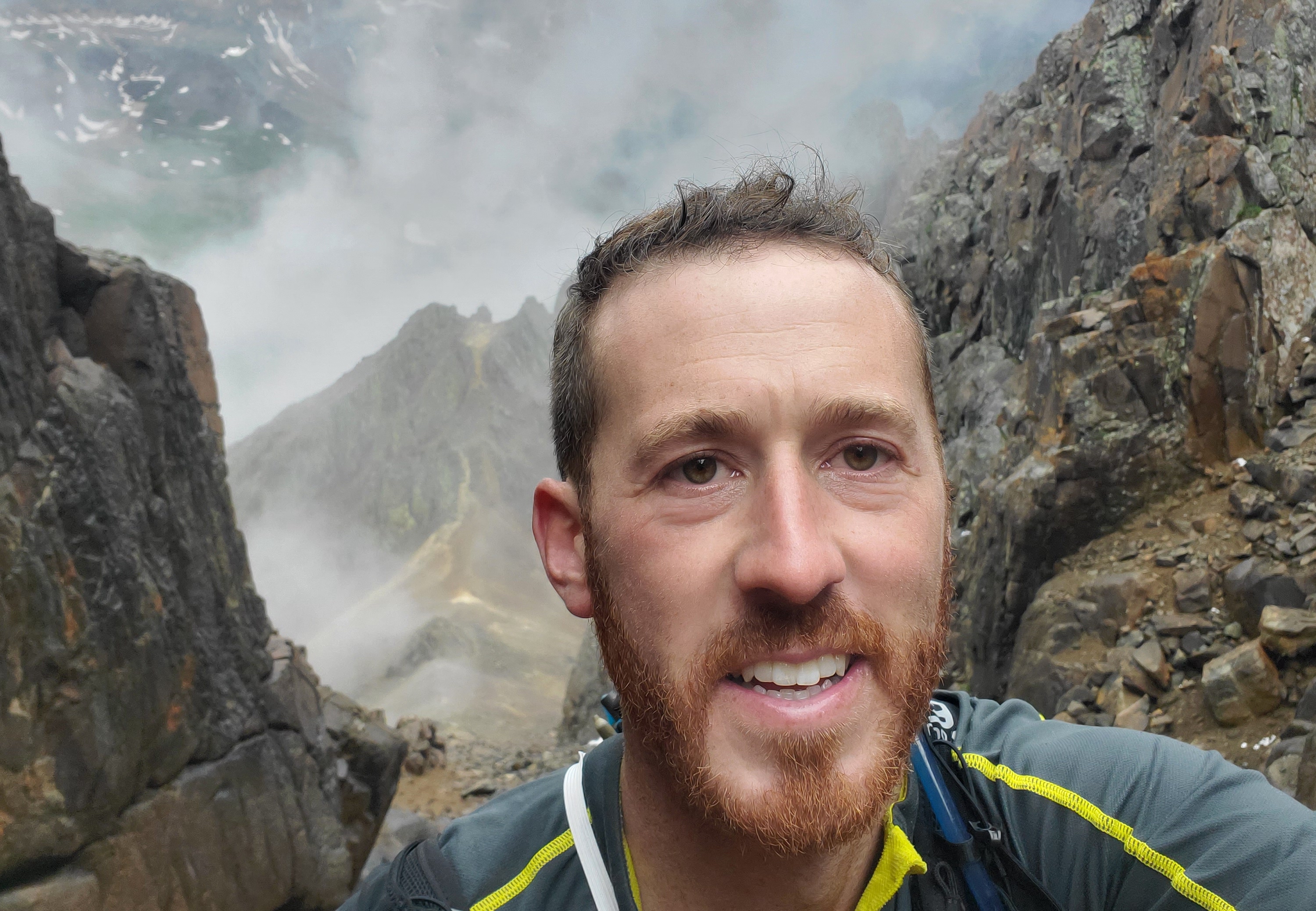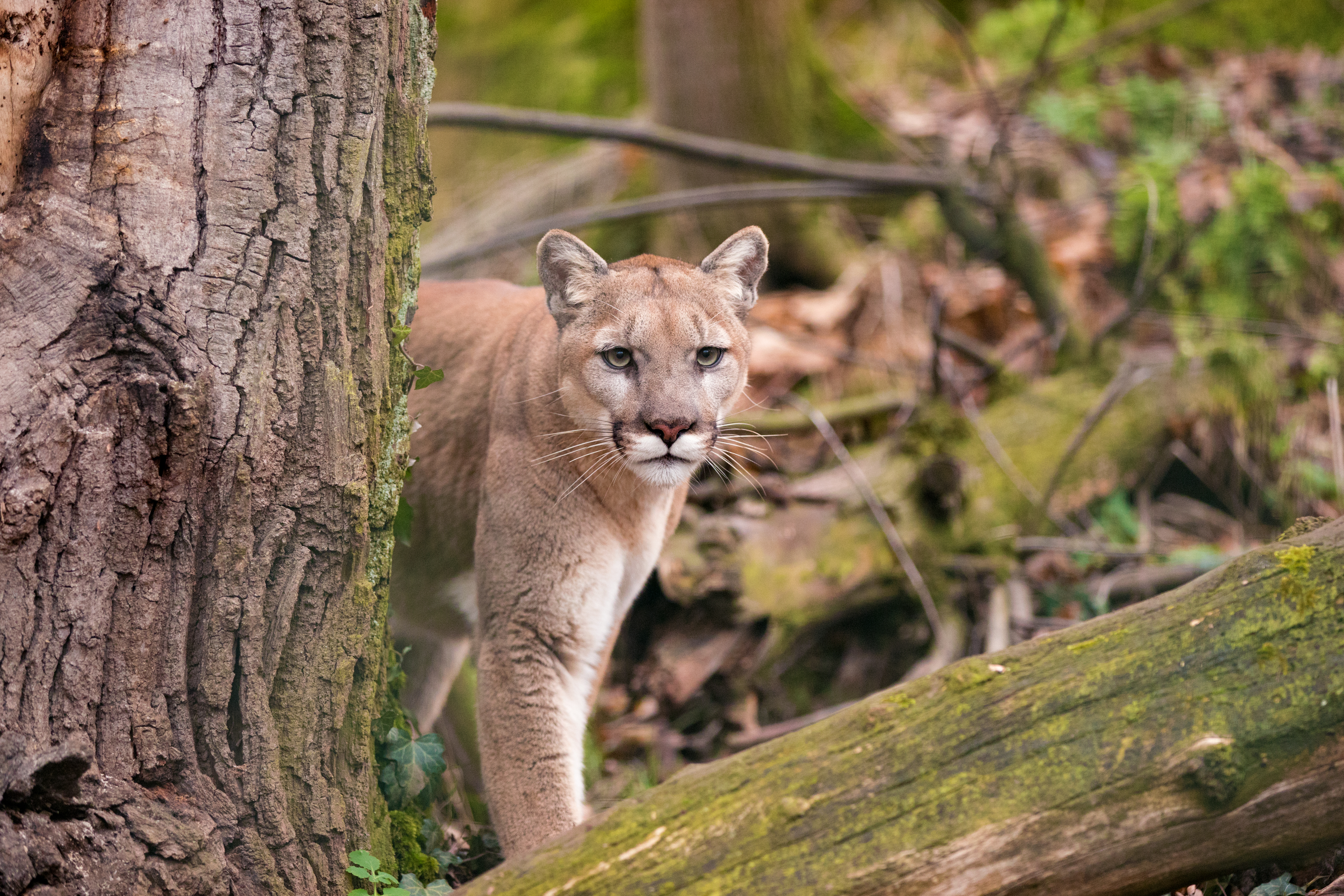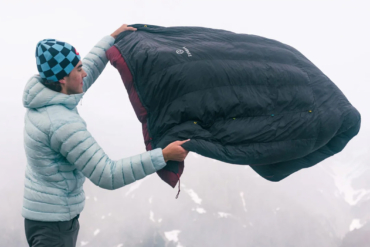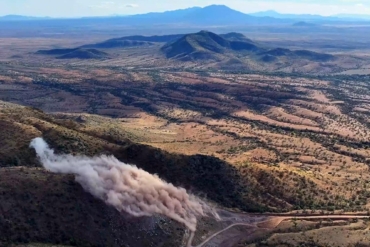In mid-July, Dan Hobbs, who uses the moniker ‘Minnesota Mountaineer,’ was full-on running around the entire state of Colorado, trying to summit all 58 14,000-foot peaks in under a month. He did it in 2 weeks. Yes, it’s possible. Here’s how.
Imagine hiking a 14,000-ft mountain. Trailheads usually start between 9,000 and 12,000 feet; some routes are 5 miles, and some are as long as 14. Now imagine hiking all 58 of them in 14 days — by yourself, with no help.
That’s hundreds of miles and over 150,000 feet of elevation gain. In 2 weeks. That equates to doing one 14er every 5.5 hours, back to back. Factor in that seven of the peaks are class 4 with high exposure and many are class 3 — and that a lot of climbers agree that one substantial segment demands 5.4-5.7 climbing.
Oh, and they are spread out, requiring hundreds of miles of driving between some of them.
That’s the mind-boggling feat Hobbs took on, and accomplished. And while a few online were following his live tracking via Garmin, his epic record quietly blew over many of our heads.
We contacted the Minnesota Mountaineer himself to learn how he pulled off this unbelievable attempt — a historic self-supported Colorado 14er FKT.
What the Self-Supported 14er FKT Means

Hiking all 58 Colorado 14ers — something that takes most people many years, and a few at least a full summer — is an achievement in and of itself. But hiking all of them for speed is a different beast. Andrew Hamilton set that FKT back in 2015, scrambling up all 58 in 9 days, 21 hours, and 51 minutes. But he had help.
The 14er records are some of the hardest in the world: requiring extreme athletic ability and technical skill, along with managing sleep deprivation, route-finding, weather, and danger.
“And I’m just a middle-aged Minnesota dad who trained on the 140-foot hill at Hyland in Bloomington, MN,” Hobbs said, proving that FKTs aren’t just reserved for professional athletes.
Hobbs did this attempt self-supported: meaning no crew, no one to help drive, no one doing meal prep, and no one to set pace. There’s a reason this makes a big difference. Having no help meant Hobbs was driving himself and shuttling himself (meaning no chance for sleep without adding time to the clock).
Hobbs finished, self-supported, in a blazing 14 days, 17 hours, 33 minutes, finally clinching a record that has stood since 1995 (before the age of live GPS tracking). He started on July 5, at 1:39 a.m. and finished on July 19 at 7:12 p.m. And miraculously, he even had time to post live on social media during his attempt!
A month later, we are finally catching him with some free time to chat through just how he did it.
Q&A With Dan Hobbs
GJ: Can you describe how exactly you did this massive feat self-supported?
Hobbs: I drove every mile myself (can’t sleep while someone else drives). I did not have passengers in the van (which would have been helpful to stay awake, and get food).
And I self-supplied the entire thing. I left with all the food I was supposed to eat, and I started with enough water for the whole record. Though, after getting really sick from dairy during the record, I had to stop at grocery stores and buy new food that was dairy-free.
The routes were a lot longer than the supported [FKT] version because I had to get back to my van after every mountain set, versus thru-hiking many of the mountains.
I had a dirt bike and an e-mountain bike, which I would use on certain mountain combos to save time. For example, I left my dirtbike at Snowmass TH, and then hiked from Capitol Trailhead to Snowmass, which was easier than going from one point on that set.
And I also followed the 3,000-foot Colorado Rule — you can find more details on this online and the rules I set out for myself.
(Note: Hobbs also tracked his attempt live via Garmin GPS, a common requirement followed by record-chasers.)

Had you climbed any Colorado 14ers before?
Yes, I had done almost all of them three times before I started the record. I did Culebra for the first time on the record, though. I totally forgot on the record and didn’t even get a picture!
This record is just such a mind-boggling task. Why were you chasing it?
Oof, this is a long answer. I climbed all the 14ers in 2013 as my way to beat depression. It worked. I not only beat depression, but found faith again, and redirected my whole life. I did them all the first time (2013) in 24 days. I didn’t really plan to do them so fast, and it was an absolute disaster of an attempt since I had no idea what I was doing.
But the fact that I was able to do them in 24 days planted the seed for the record. It kind of consumed me over the following 7 years.
In 2015, when Andrew Hamilton set his [supported] record, I was in my downtown Minneapolis office, wearing a sportcoat and dress clothes reading a news article about it. I remember it just hit me like a ton of bricks that it should have been me, and that setting this record was what I really wanted in life.
It took until 2020 for my life to align to be able to able to do it — I left my job and got to training!

How much preparation did it take to figure out the logistics of being self-supported?
I spent those 2 years figuring that out. I drove probably 6,000 miles around Colorado and amassed close to 100 summits trying to sort out the logistics for the self-supported attempt.
For many, this record is hard to even quantify; 14 days is 336 hours — that’s not much time. What were your mileage total, vert total, and total driving time?
Hike miles: 315 mi.
Hours on feet: 186 hrs.
Drive miles: 1,630 mi.
Drive hours: 64 hrs.
Total elevation gain (uphill): 151,000 ft. (For context, the total elevation gain going by all 58 standard routes is over 200,000 feet.)
I’m not sure how many hours of sleep total, as I didn’t write it down, but I think it was averaging around 3.5 per day. The remaining time is eating, fixing things, all the other random and crazy things that happen along the route.
Running my own crew and driving I thought was harder than the actual hiking. Brett Herring, who tried for this record last year, thought the same thing.
What was the hardest part throughout the 14 days?
I was stomach sick for 8 of the 14 days. I figured out on day 5 that it was from dairy. It took a day to clear my system, but then I accidentally had more dairy toward the end and spent the last two days sick. This made the whole thing like 40-ish percent harder in my opinion!
Hardest peak/peaks? Any low points?
My hardest day was the day I did San Luis, Blanca, Little Bear, and Ellingwood. It was the hardest because I was the most sick, was throwing up, dizzy, and nauseous. It was bad. Plus the Little Bear-Blanca group is technical and dangerous, and I drove for almost 7 hours that day, including up and down Lake Como Road (Colorado’s toughest 4×4 road).
I ended up being awake for 23.5 hours straight and had a lot of brushes with death that day.
My mental low point was on the second to last day when I got slammed with a storm on Mount Lincoln, which is arguably one of the easiest hikes, but I was just spent and had a total mental breakdown. I was screaming and crying like a toddler throwing a fit. Then after that, I was just emotionally empty and felt dead inside until after the finish.
Favorite peak or peaks?
The Crestones day was the very best for me. I just wrote about it on my Instagram — it was unfortunately tainted by another climber dying on Kit Carson within hours of me being there. But I really did have fun.
Fun, brutal, insane — no matter what you call it, Dan Hobbs’ record is one for the books.
The Verdict: Unbelievable Record Confirmed
Dan Hobbs’ self-supported FKT has officially been confirmed by FastestKnownTime.com.
Andrew Hamilton, who holds the overall FKT for the Colorado 14ers, was in contact with Dan Hobbs from the get-go, providing mentorship. “Doing this self-supported is truly a large undertaking,” he noted during Hobb’s attempt.
“I love watching others like Dan tackle it,” said Brett Herring, who attempted the self-supported 14er FKT previously. “Once you’ve gone for something absurd like this, you can really appreciate the effort going into it beyond the abstract.”
Congratulations to Dan Hobbs on this incredible achievement!
View this post on Instagram

